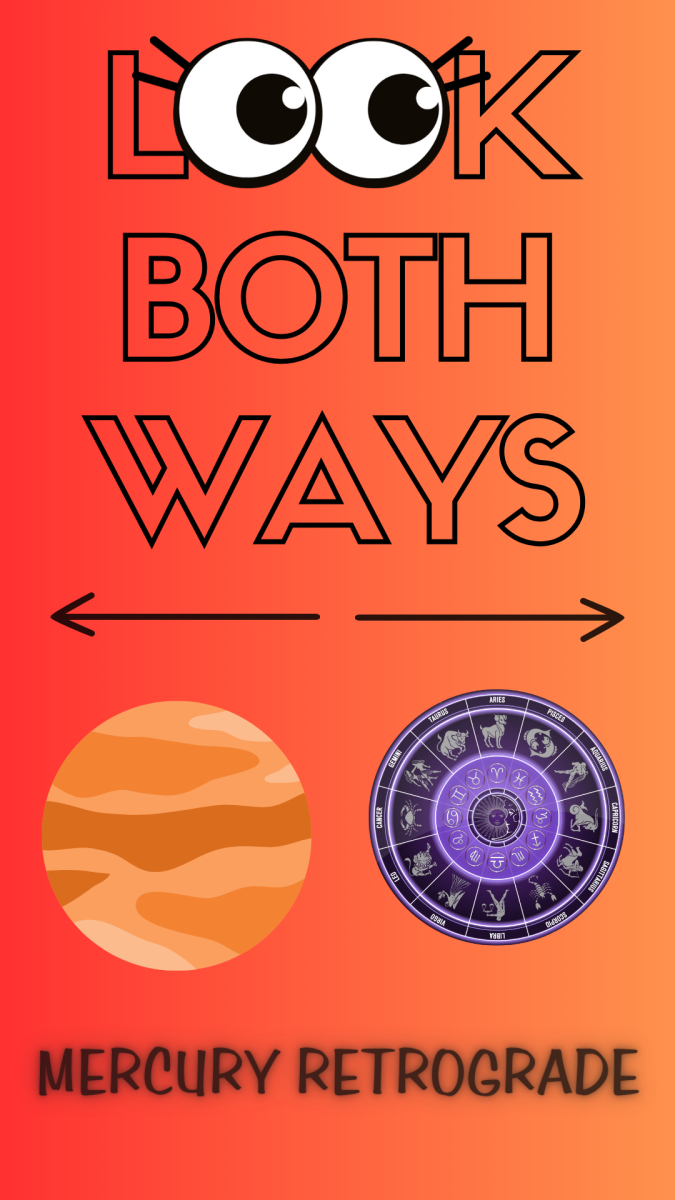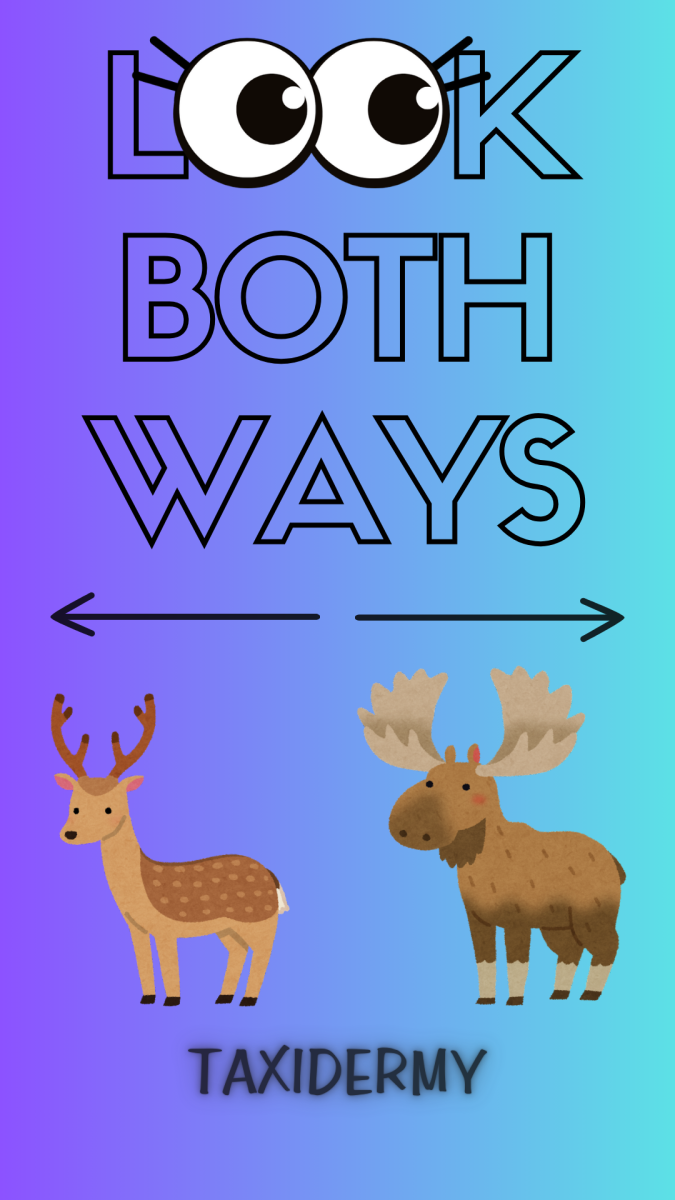According to the meteorological calendar, spring began March 1, and according to the astronomical calendar, spring starts March 20.
Both calendars are accurate in representing the changing seasons, but they measure different natural cycles.
In the astronomical calendar, spring is marked by the Spring Equinox. On spring and fall equinoxes, day and night are almost equal length all over the world because the Earth isn’t tilted toward or away from the Sun.
The equinoxes do shift over time, meaning the length of seasons in the astronomical calendar vary year by year.
In the meteorological calendar, the four seasons are split by changing temperatures. Spring is designated the months of March, April and May. Unlike the astronomical calendar, the meteorological calendar doesn’t change from year to year.
Which spring will you recognize?
ASTRONOMICAL SPRING
By: Lucy Atkinson, Opinion Columnist
The meteorological calendar, for scientific purposes, is a perfect measure of the change in seasons. But aesthetically, the astronomical calendar envelops an incredible concept worth your attention, and the aesthetics of our four seasons always deserve more gratitude.
The Spring Equinox follows meteorological spring by only two and a half weeks this year, but Illinois is a northern state, and those two weeks make all the difference here.
The weather is certainly getting warmer, there’s no doubt about that – please, let’s not be doubting our meteorological scientists right now. But the lovely details springtime cherishes haven’t begun to show.
Might as well enjoy the brisk winter air while you can!
Celebrating the astronomical calendar also forces us to consider a magnificently humbling cycle: Earth rotates, moving around the sun and life moves with it.
Trillions and trillions of tiny life cycles will spin – all our lives will thrive and end – in tandem with this ancient pattern. And for many ecological systems, spring is the moment in that pattern when life begins again!
That’s a fascinating truth to celebrate, but it’s easy to forget how spectacularly our planet Earth works when you’re focused on gloomy weather.
Often, springtime gets a bad rap for that unloved weather: This “break-up” period of brown sludge and chilly winds we’re experiencing now. If you associate too much of break-up season with springtime, you might miss out on what the season really has to offer.
Let’s not slander the most hopeful season for the brief muddy period that predates it.
The astronomical calendar gives spring more time to differentiate itself from the melting period, focusing on the tilt of our planet instead of the weather we may or may not appreciate.
After all, there’s no real logical reason to bad talk the season of baby bunnies, yellow goslings and returning insect friends. And with the astronomical calendar, that season becomes a celebration of our miraculous planet’s annual journey as well. There’s value in being wowed by that!
METEOROLOGICAL SPRING
By: Gray Edelstein, Opinion Columnist
After a freezing DeKalb winter, the idea of sunshine, sweater weather and longer days is a more than welcomed idea. Luckily, according to the meteorological method of season division, spring has officially sprung.
There are two different ways to differentiate the four seasons, one based in meteorology and the other based in astronomy.
Learning about the distinction between these two systems is not only fun trivia but may help in understanding why the seasons are so specific.
Meteorological seasons provide a consistent blueprint for analyzing climate data, ensuring consistency in records and facilitating meaningful comparisons across different years and regions.
Those regions are separated into the Northern and Southern Hemispheres. Interestingly, spring in the Northern Hemisphere is autumn in the Southern Hemisphere.
Knowing about this approach is particularly beneficial for jobs in agriculture, commerce and environmental management, where understanding seasonal patterns is vital to ensure success.
The meteorological seasons are based on the annual temperature cycle; they divide the year into four periods, each having three months. This system facilitates statistical analysis and comparison of seasonal data. Meteorological spring in the Northern Hemisphere starts March 1 and ends May 31.
Not only is this approach consistent, it is also closely tied to the 12 month calendar, which is why months have such significant attachments to seasons.
Personally, I much prefer spring to winter, and following the meteorological calendar leaves the groundhog’s prediction wrong and welcomes hope for the season of flowers, rainstorms and bunnies.




















